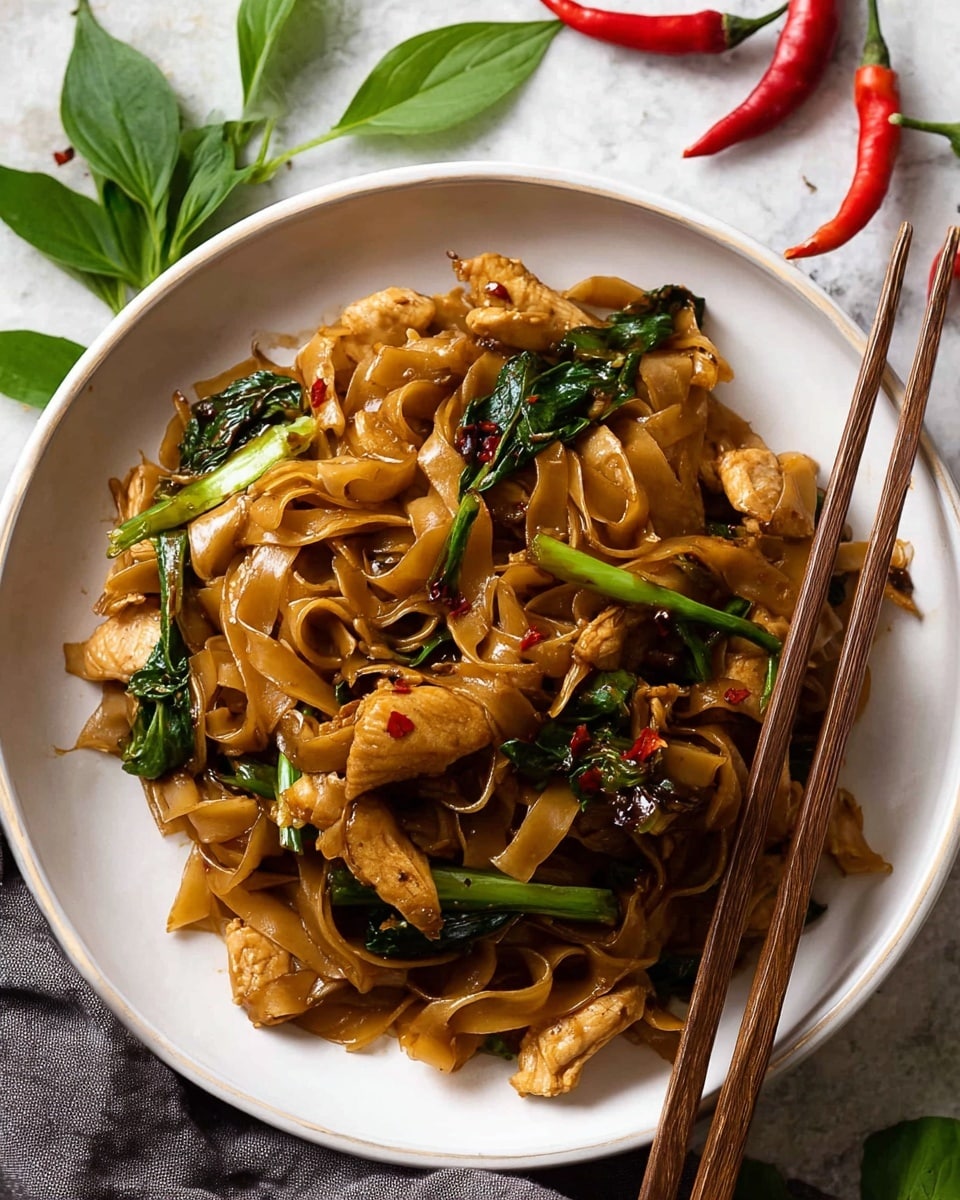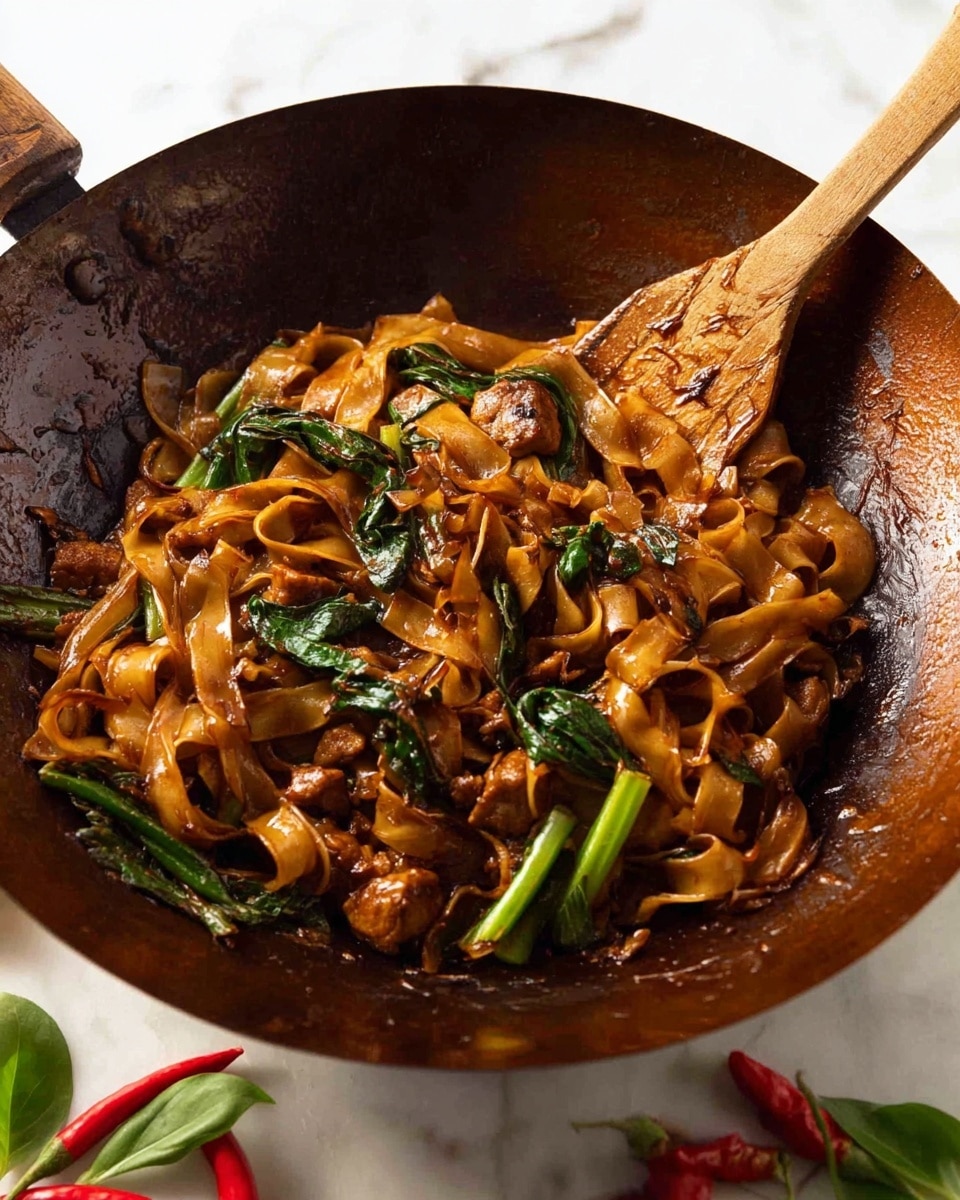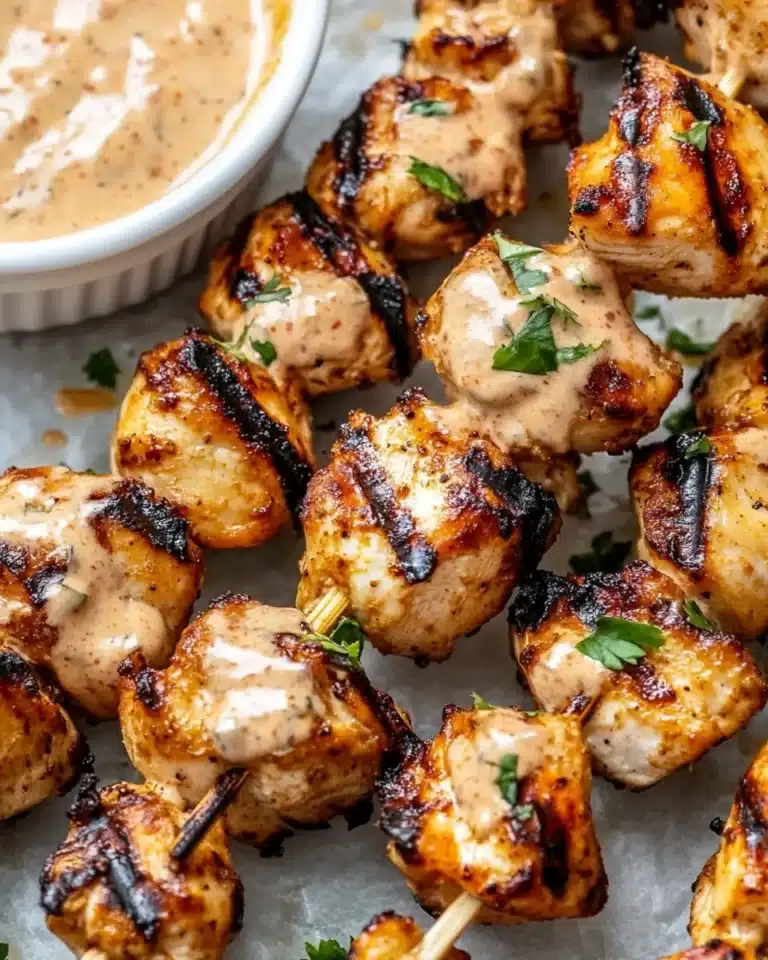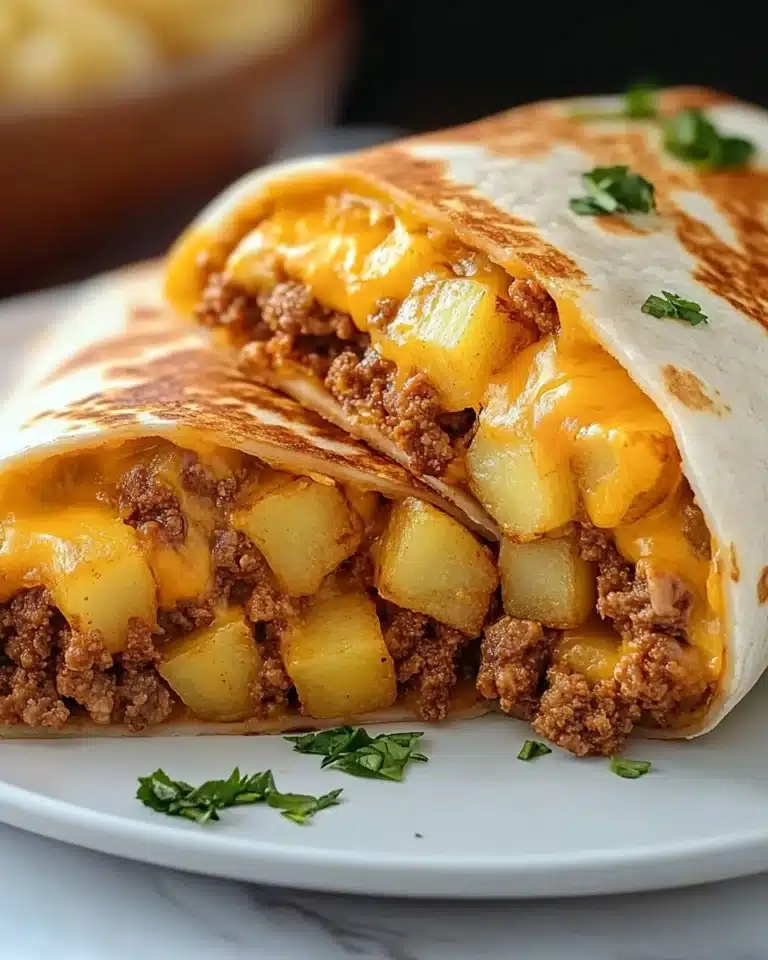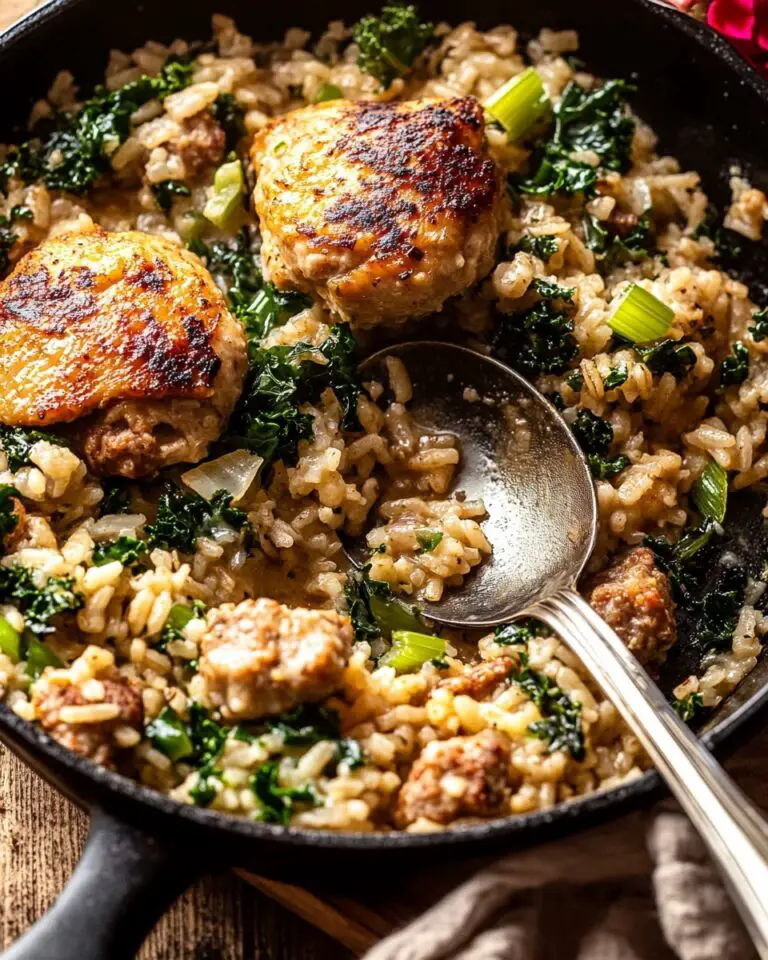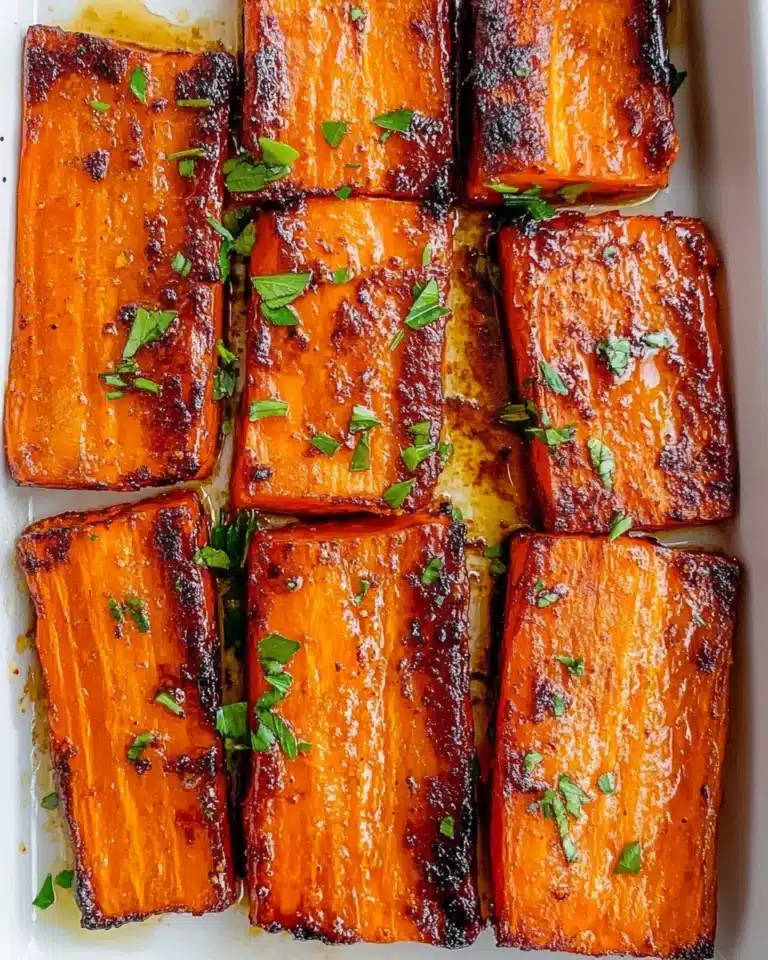I absolutely love how this Drunken Noodles (Pad Kee Mao) Recipe brings a burst of vibrant Thai flavors straight to your kitchen in under 20 minutes. The balance of spicy, savory, and slightly sweet notes tossed with tender chicken and fresh basil makes it such a comforting yet exciting meal. It’s perfect for those weeknights when you crave something exotic but don’t want to spend hours cooking.
When I first tried making Drunken Noodles at home, I was amazed at how easy it was to nail the authentic restaurant taste with just a few pantry staples. You’ll find that this recipe is incredibly adaptable too—whether you want it spicier, vegetarian, or paired with your favorite protein, the core flavors really shine through. Trust me, once you try this Drunken Noodles (Pad Kee Mao) Recipe, it’ll become a regular in your meal rotation!
Why You’ll Love This Recipe
- Quick and Easy: Ready in under 20 minutes, it’s a perfect fast weeknight dinner.
- Authentic Flavor: Combines traditional Thai ingredients for genuine taste at home.
- Customizable Heat: Adjust the chilies to suit your spice level, from mild to fiery.
- Versatile Protein Options: Easily swap chicken for tofu, shrimp, or beef.
Ingredients You’ll Need
These ingredients work together to build that signature Drunken Noodles (Pad Kee Mao) flavor—spicy, savory, and fresh with a hint of sweetness. When shopping, look for wide rice noodles that are easy to separate once cooked, and don’t skip the holy basil if you can find it; it truly transforms the dish.
- Wide rice noodles: I usually grab the ones labeled “Pad Thai” rice noodles; they hold the sauce well without getting mushy.
- Vegetable or peanut oil: Great for high-heat stir-frying; peanut oil adds a lovely subtle nutty flavor.
- Garlic: Freshly minced makes a huge difference—can’t substitute the aroma!
- Birds eye or Thai chilies: Deseeded for controlled heat; add more or fewer depending on your spice love.
- Onion: Thinly sliced for sweetness and texture balance.
- Chicken thighs: Juicier than breasts and cook quickly; but breasts work fine if that’s what you have.
- Fish sauce: Essential for umami punch—if you prefer, soy sauce works as a substitute.
- Green onions: Cut into chunks to add freshness and crunch.
- Thai or holy basil leaves: Classic herb that lends that signature spicy-anise aroma.
- Oyster sauce: Gives a rich, savory depth to the sauce mix.
- Light soy sauce: Provides saltiness without overpowering the dish.
- Dark soy sauce: Adds color and a touch of sweetness.
- Sugar: Balances all the salty and spicy notes.
- Water: Just a bit to bring the sauce together smoothly.
Variations
I love mixing up this Drunken Noodles (Pad Kee Mao) Recipe depending on what’s in my fridge or how I’m feeling. Don’t be afraid to customize—it’s part of the fun and makes the dish your own.
- Vegetarian/Vegan: I swap chicken for firm tofu and use soy sauce instead of fish sauce—it’s just as tasty!
- Seafood Twist: Shrimp works beautifully; I add it towards the end so it stays tender and juicy.
- Extra Veggies: Feel free to toss in bell peppers, baby corn, or snap peas for added crunch and color.
- Spice Level: For a milder version, reduce chilies or remove seeds; for a real kick, add a dollop of chili paste.
How to Make Drunken Noodles (Pad Kee Mao) Recipe
Step 1: Prep the Noodles and Sauce
Start by preparing your rice noodles according to the package instructions—usually soaking in warm water until tender but still firm. This step is key because overcooked noodles will turn mushy once stir-fried. While the noodles soak, mix together your oyster sauce, light and dark soy sauces, sugar, and water in a small bowl. This sauce blend is the flavor powerhouse of your dish, so stir well to dissolve the sugar completely.
Step 2: Sizzle the Aromatics and Protein
Heat oil in your wok or a large heavy skillet over high heat—this ensures a good sear and that signature smoky “wok hei” flavor. Toss in the minced garlic and chopped chilies, cooking just about 10 seconds until fragrant; heads up, don’t inhale directly or you’ll cough from the chili aroma! Next, add the sliced onion and stir-fry for a minute until it softens. Then it’s time for the chicken and fish sauce; fry everything together until the chicken is cooked through, which takes around 2 minutes if your pieces are bite-sized.
Step 3: Combine Noodles, Sauce, and Basil
Add the green onions and drained noodles directly into the wok along with your prepared sauce. Stir everything vigorously for about 1 minute until the sauce thickens and perfectly coats every noodle strand. Turn off the heat and immediately toss in the Thai basil leaves—they wilt quickly and release their amazing aroma but shouldn’t cook down to mush. Serve immediately for the best flavors and texture.
Pro Tips for Making Drunken Noodles (Pad Kee Mao) Recipe
- Use Wide Rice Noodles: They hold the sauce better and give that chewy texture characteristic of drunken noodles.
- High Heat Cooking: Stir-fry quickly on high heat to avoid soggy noodles and develop those subtle smoky flavors.
- Don’t Skip the Basil: Adding it off the heat keeps the fresh, peppery aroma intact for that authentic finish.
- Control Your Spice: Deseed chillies to tame heat without losing flavor, especially if cooking for mixed palates.
How to Serve Drunken Noodles (Pad Kee Mao) Recipe
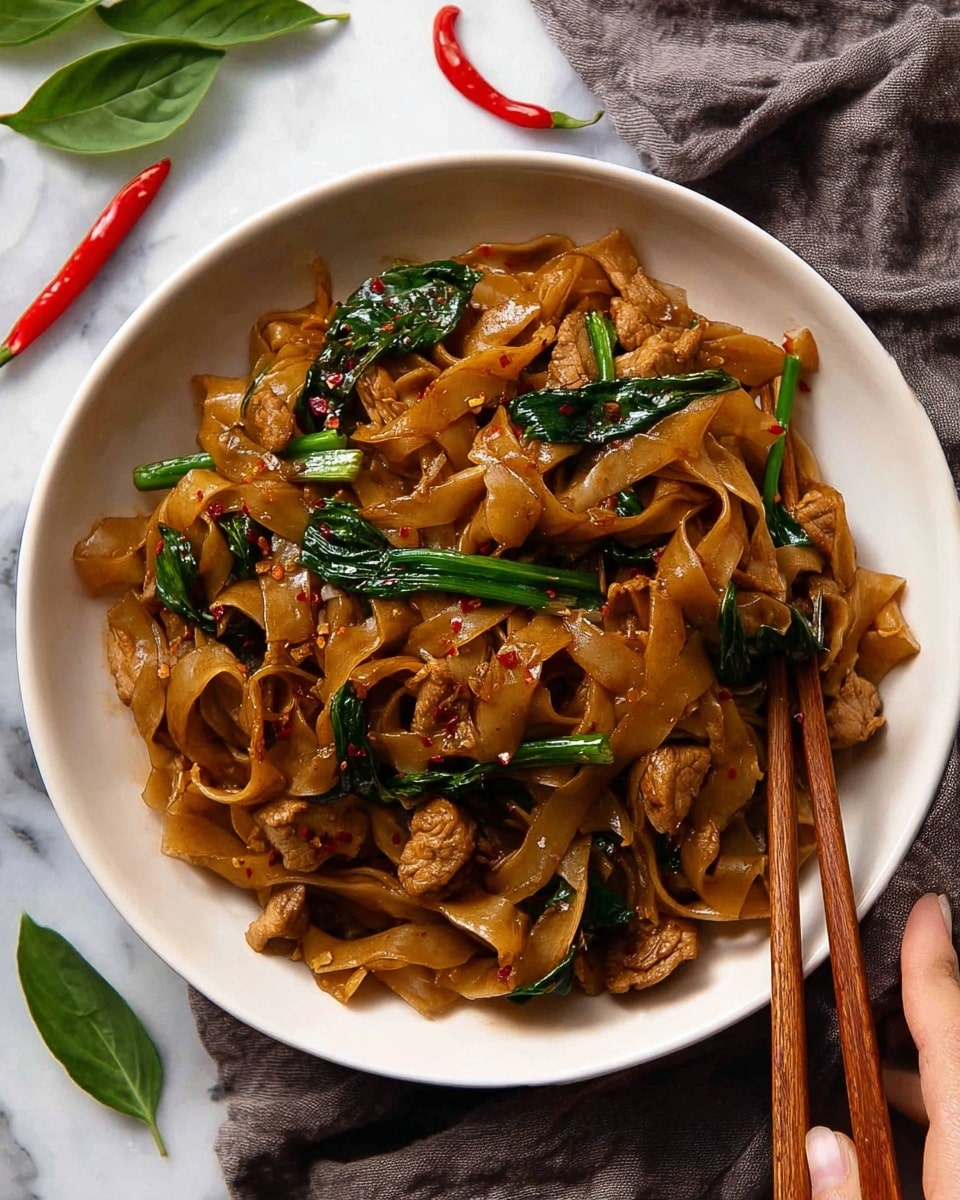
Garnishes
I always finish my drunken noodles with a wedge of lime—it adds that bright acidity that perfectly balances the heat and richness. Sometimes a sprinkle of chopped fresh cilantro or extra Thai basil on top takes it next-level fresh. For crunch, crushed peanuts or fried shallots are lovely if you want to play around.
Side Dishes
Because Drunken Noodles are so flavorful and filling, I usually keep sides light. A simple cucumber salad or steamed jasmine rice works beautifully to cool the palate. If you want more veggies, some stir-fried morning glory or sautéed bok choy pairs perfectly too.
Creative Ways to Present
For special occasions, I like plating Drunken Noodles in individual bowls garnished with a sprig of Thai basil and a lime wedge on the side. Drizzling a little extra chili oil or a squeeze of fresh lime right before serving makes it visually vibrant and extra tasty. You could even serve it family-style alongside other Thai dishes for a festive spread.
Make Ahead and Storage
Storing Leftovers
I store leftover Drunken Noodles in an airtight container in the fridge for up to 2 days. To keep the noodles from sticking together, I drizzle a little sesame oil before sealing. When I’ve reheated it, it still tastes great, though the fresh basil aroma is less pronounced.
Freezing
I have to warn you—freezing isn’t the best for this dish because the noodles can get overly soft and the basil wilts. But if you have to freeze, do it in meal-sized portions and reheat gently to limit texture loss.
Reheating
I prefer reheating leftover Drunken Noodles in a hot skillet with a splash of water or oil to revive the noodles and redistribute the sauce. Microwave works too but can sometimes make the noodles a bit mushy.
FAQs
-
What type of noodles should I use for Drunken Noodles (Pad Kee Mao) Recipe?
Wide rice noodles, often labeled for Pad Thai, are ideal because they soak up the sauce nicely and have the chewy, tender texture typical of this dish. If you can’t find wide noodles, thinner ones will work but may alter the dish’s signature bite slightly.
-
Can I make this dish vegetarian?
Absolutely! Simply swap the chicken for firm tofu or a mix of your favorite vegetables, and replace fish sauce with soy sauce or a vegetarian fish sauce alternative. The sauce and technique remain the same, delivering great flavor.
-
How spicy is Drunken Noodles (Pad Kee Mao)?
The traditional version is moderately spicy, thanks to birds eye chilies, but you can easily adjust the heat by removing chili seeds or reducing the amount of chilies. Add chili paste instead for a controlled level of spice.
-
What is the difference between light and dark soy sauce in this recipe?
Light soy sauce adds saltiness and umami without overpowering the dish, while dark soy sauce gives it a richer color and slight sweetness. Using both balances the flavor and appearance beautifully.
-
Can I prep this recipe ahead of time?
You can prep the sauce and chop ingredients in advance, but I recommend cooking the noodles fresh and stir-frying just before serving to keep the texture perfect. The basil should be added last, off heat, for the best aroma.
Final Thoughts
This Drunken Noodles (Pad Kee Mao) Recipe is such a treasure in my recipe box because it’s delicious, vibrant, and totally achievable any night of the week. I love how it’s a quick fix but doesn’t feel like a compromise on flavor or authenticity. Give it a try, and I’m pretty sure your whole family (or friends!) will be asking for seconds—just like mine do!
Print
Drunken Noodles (Pad Kee Mao) Recipe
- Prep Time: 10 minutes
- Cook Time: 6 minutes
- Total Time: 16 minutes
- Yield: 3 servings
- Category: Main Course
- Method: Stovetop
- Cuisine: Thai
Description
Drunken Noodles (Pad Kee Mao) is a popular Thai stir-fried dish featuring wide rice noodles tossed with aromatic garlic, spicy birds eye chillies, tender chicken, and fragrant Thai basil. The noodles are coated in a savory and slightly sweet sauce made from oyster sauce and soy sauces, delivering a perfect balance of heat, umami, and fresh herbal notes. This quick and flavorful recipe is ideal for a satisfying weeknight meal.
Ingredients
Noodles
- 7 oz / 200g dried wide rice noodles (Pad Thai style)
Stir Fry
- 2 tbsp oil (peanut, vegetable, or canola)
- 3 large cloves garlic, minced
- 2 birds eye chillies or Thai chillies, deseeded and finely chopped
- 1/2 onion, sliced
- 200g / 7oz chicken thighs, cut into bite-size pieces (breast can be used as alternative)
- 2 tsp fish sauce (or soy sauce)
- 2 green onions, cut into 3cm / 2″ pieces
- 1 cup Thai or Thai Holy Basil leaves (substitute with regular basil if unavailable)
Sauce
- 3 tbsp oyster sauce
- 1 1/2 tbsp light soy sauce
- 1 1/2 tbsp dark soy sauce
- 2 tsp sugar
- 1 tbsp water
Instructions
- Prepare noodles: Cook the dried wide rice noodles according to the packet instructions until tender but not mushy. Drain and set aside.
- Make sauce: In a small bowl, combine oyster sauce, light soy sauce, dark soy sauce, sugar, and water. Mix well until sugar dissolves.
- Heat oil and aromatics: Heat 2 tablespoons of oil in a wok or large heavy-based skillet over high heat. Add minced garlic and finely chopped birds eye chillies, cooking for about 10 seconds. Be cautious as the chilli aroma may cause coughing.
- Sauté onion: Add the sliced onion and stir-fry for about 1 minute until slightly softened.
- Cook chicken: Add the chicken pieces and 2 teaspoons of fish sauce (or soy sauce) to the wok. Stir-fry until the chicken is fully cooked, approximately 2 minutes.
- Add green onions, noodles, and sauce: Toss in the green onion pieces followed by the cooked noodles and prepared sauce. Stir-fry for about 1 minute, allowing the sauce to reduce slightly and coat the noodles evenly.
- Finish with basil: Remove the wok from heat, immediately add the Thai basil leaves, and toss quickly until the basil is just wilted. Serve immediately for the best flavor and texture.
Notes
- Use wide rice noodles typically labeled as Pad Thai noodles for the authentic texture; thinner noodles can be used but will slightly change the experience.
- Adjust the number of birds eye chillies according to your spice preference. Alternatively, a dollop of chilli paste can replace fresh chillies; add it with the chicken.
- Thai basil provides a distinctive slight aniseed flavor; if unavailable, regular basil works well and is commonly used outside Thailand.
- Light and dark soy sauces can be substituted with regular all-purpose soy sauce but do not use all dark soy sauce alone as it will overpower the dish.
- Nutrition information assumes the recipe yields approximately 3 servings.
Nutrition
- Serving Size: 1 serving (approx. 1/3 of recipe)
- Calories: 400 kcal
- Sugar: 6 g
- Sodium: 900 mg
- Fat: 14 g
- Saturated Fat: 3 g
- Unsaturated Fat: 9 g
- Trans Fat: 0 g
- Carbohydrates: 45 g
- Fiber: 2 g
- Protein: 26 g
- Cholesterol: 55 mg

